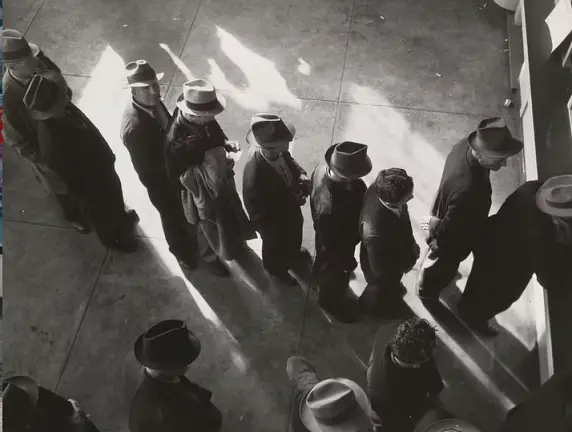New claims for unemployment benefits surged last week to a 1-1/2 year high, pointing to a slowing jobs market which could be the beginning of the slowing of the economy and cooling of inflation that the Federal Reserve is looking for, before halting further interest rate hikes.
Other data from the Labor Department Thursday indicated producer prices were increasing only moderately throughout April, yielding the smallest year-over-year increase in producer inflation since 2021.
The reports indicated there is slowing demand, and while it likely means inflation is cooling, it may also point to a recession beginning later this year.
Christopher Rupkey, chief economist at FWDBONDS in New York said, “The Fed looks closer to winning the war on inflation today, but it risks losing the war on keeping the economy afloat and away from the shoals of recession.”
First time claims for state unemployment benefits were up by 22,000, reaching a seasonally adjusted 264,000 in the week ending May 6th, marking the highest reading since October of 2021. A poll of economists by Reuters forecasted there would be 245 claims for the latest week.
Though the number of claims was lower than the 270,000-300,000 which economists have indicated would mark a deterioration in the labor market, the increase last week is being seen as a potential starting point for the effects the Federal Reserve has been seeking to create with their tightening monetary policy. Economists say they are hopeful we may now see the effects of those rate hikes spreading out into the economy.
Michael Feroli, chief US economist at JPMorgan in New York said, “While the claims series can always be volatile from week to week, there are no obvious distortions to today’s number. Business labor demand has been gradually cooling and today’s initial claims reading hints at potentially a more abrupt slowing.”
Last week unadjusted claims were up 13,969 to 234,084. Massachusetts, California, Missouri, and New York all saw significant increases. Colorado, Georgia, and Kentucky all saw declines.
The jobs market remains tight however, with 1.6 job-openings per unemployed person in March, which is over the 1.0 to 1.2 range which is considered the mark of a healthy economy which is not producing too much inflation.
Since beginning its battle with inflation in March of 2022, the Federal Reserve has increased its overnight interest rate by 5% to the 5%-5.25% range. Last week it signaled it could pause the fastest rate of monetary policy tightening seen since the 1980’s.
So-called continuing claims remain low overall, indicating some laid-off workers are finding employment quickly, however. It may mean the economy will have some cooling left to do.

